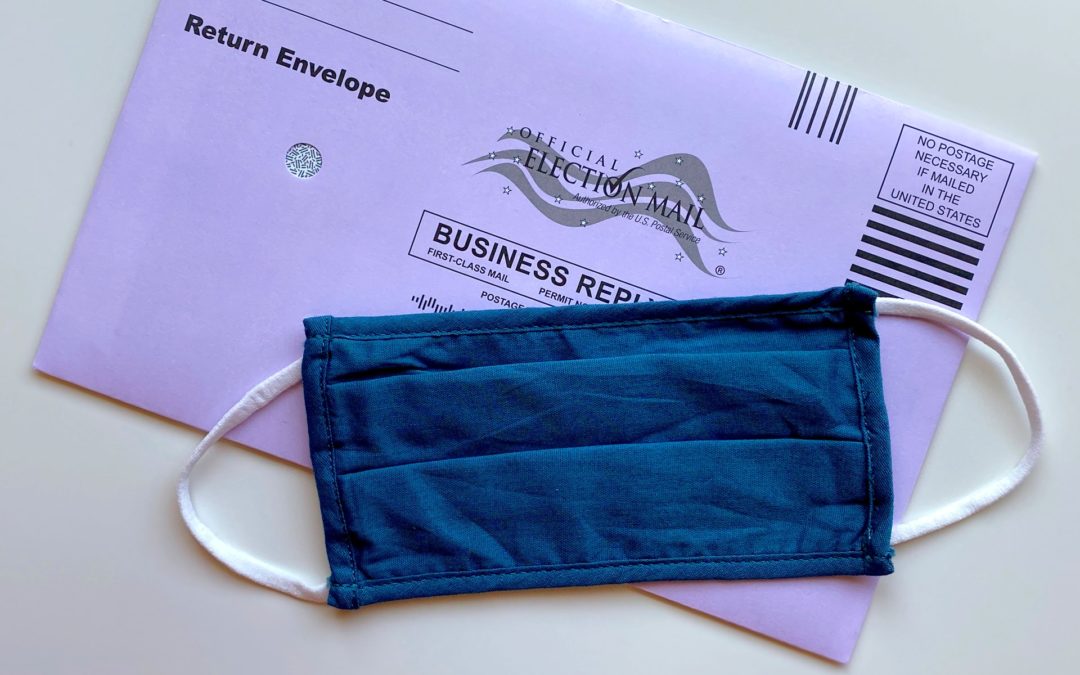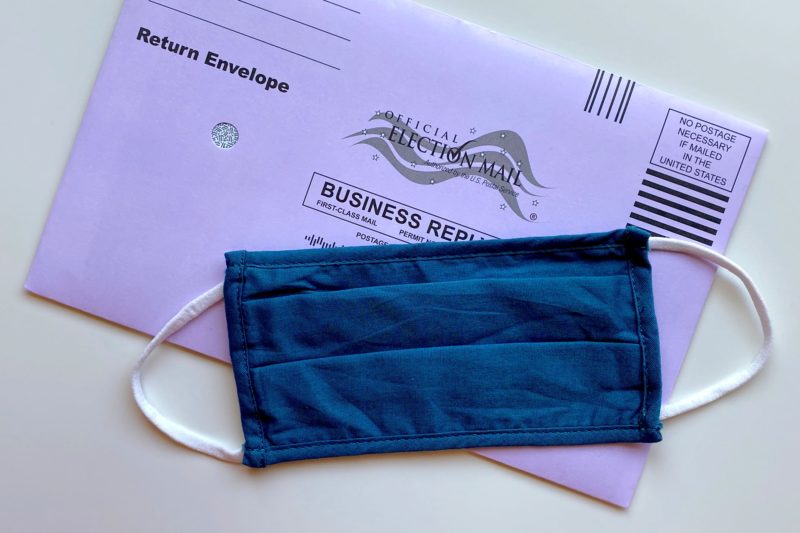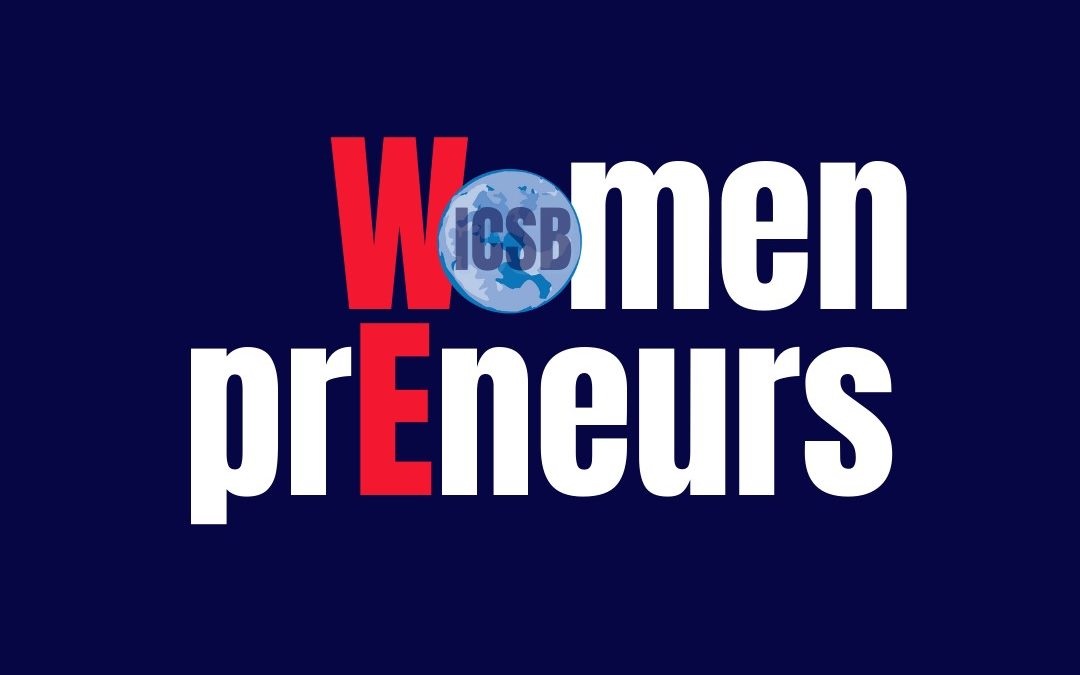
Women to the Front
Women to the Front
Saturday, November 28, 2020, by Ayman El Tarabishy and Analia Pastran
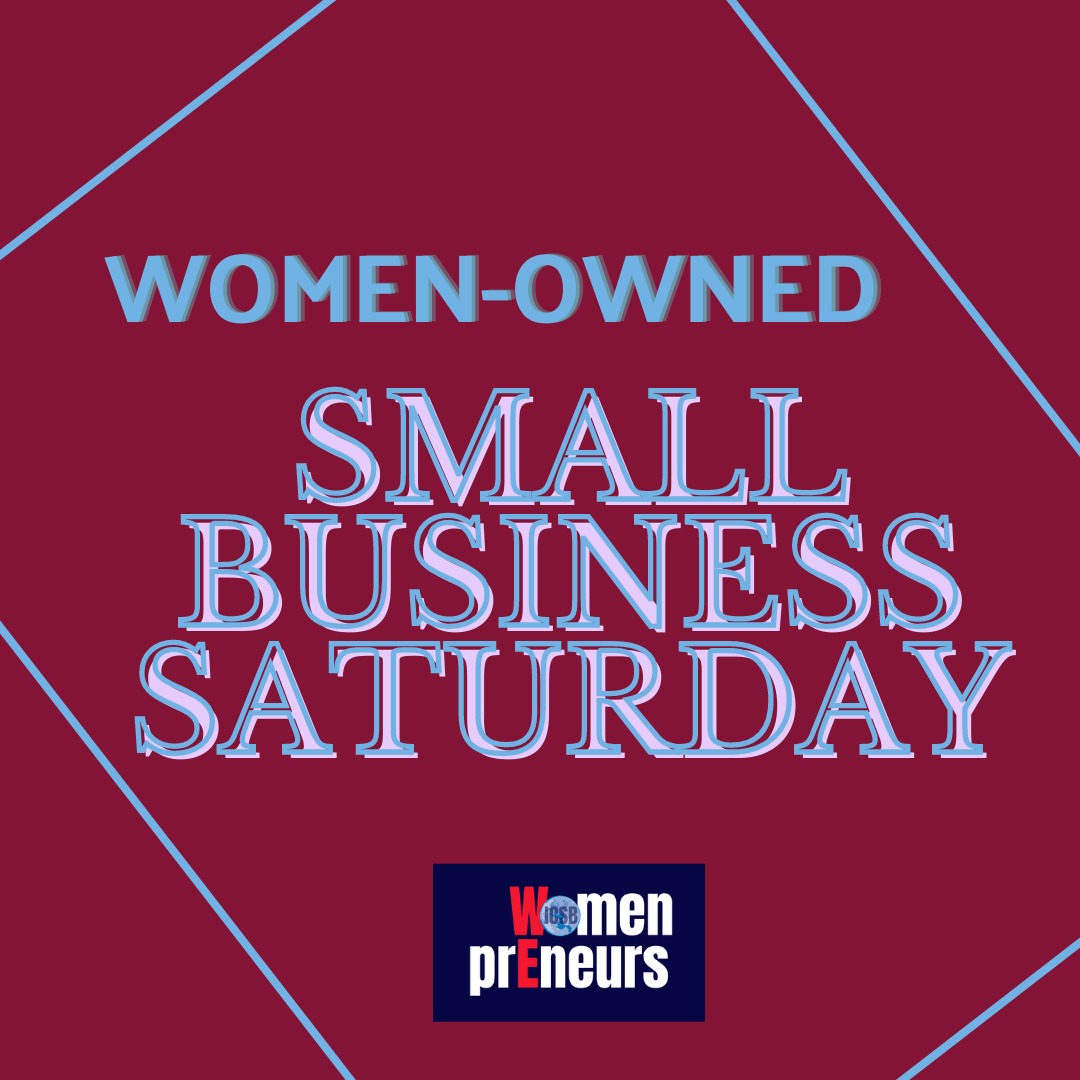
Today, we celebrate Women’s Small Business Saturday.
As an extension of small business Saturday, we want to highlight the critically important work that women have done and continue to do in the business ecosystem. We believe that this year’s Women-owned Small Business Saturday comes at the perfect time to highlight the potential and necessity of empowering women entrepreneurs and small business owners. Women make up the bulk of small business employees and have succeeded at creating a robust, innovative, and crucial small businesses ecosystem despite historical and current challenges to their participation in the business world. There are realistic, concrete solutions to these challenges that allow women a real place to transform the business world positively.
The first few solutions are mostly technical. Women have traditionally been excluded from capital markets and been forced to do much more with much less. Creating incentives for banks and other financial institutions to offer low-interest loans and additional capital to women entrepreneurs and investors will immediately increase women’s impact in the MSME ecosystem. There must also be networks between businesses so that this impact can be distributed and multiplied in a just and sustainable way. We believe strongly in the idea that women should make decisions for women. We believe creating an infrastructure of communication and support between women-led-MSMEs will provide ample opportunities for their impact to grow.
In a similar vein, the challenges women have faced have not been restricted to the workplace, and too many women have had to choose between their career and family life. There needs to be childcare support and other social services offered to women to compensate them for the disproportionate share of domestic and household labor that falls on them. This labor has been completely hidden within a system that does not incentivize or prioritize domestic caregiving as particularly valuable. Investing in these resources will alleviate some of the weight from the various social pressures that have hindered women’s advancement within the business ecosystem.
Although implementing the resources listed above would drastically improve the situation, it would not solve everything. For too long, women have not been taken seriously by their male counterparts. Entrepreneurship is a male-dominated sector. With the men disproportionately represented within the power structure, women have struggled to succeed, even in the circumstances in which they have adequate access to capital and other resources. We must lead the way in changing the culture of entrepreneurship to value and prioritize women’s experiences in much the same way we are trying to lead the way on prioritizing humane and sustainable entrepreneurship. These goals are not in opposition to one another. In many ways, they depend on each other to succeed. Although women’s historic mistreatment needs to be rectified, being forced to invest and innovate frugally has given women the unique perspective and skill set to thrive in an increasingly unstable environment. Men have traditionally valued expansion and growth over humane and sustainable investment. Empowering women, especially in leadership, is one of the most straightforward, most cost-effective ways businesses can improve themselves. We do not have to reinvent the wheel to create a more prosperous and equitable world. We have to recognize the value of those who have been overlooked for far too long and put those people in the best places to succeed.
Today, many of you may notice that the ICSB.org site has been painted red. In many cultures, the color red is said to represent life, passion, and courage. What better color exists to represent the lifelines that hold up our world, women? At ICSB, we are launching more women-led programs, centering more women-owned businesses, and curating all women’s opportunities to join together in an entrepreneurial community that we have all long-awaited. We recognize that there can not be we in the entrepreneurial community until we all step up and begin breaking down the barriers that continue to hold women back from their fullest potential. Women are core to our work in creating sustainable patterns of change and focusing Humane Entrepreneurship. Today and every day, we honor the Womenpreneurs who are core to every social, economic, and cultural structure. We say thank you, and we commit ourselves to create an environment for WE.
I want to share my colleague’s, Professor Analia Pastran, opening remarks for ICSB’s first-ever Women Entrepreneurship Conference held recently. They are remarkable remarks and well-timed.
Greetings to everyone! We are delighted to be opening the First ICSB Women Entrepreneurs Conference (WE).
I want to share with all of you how this activity started. After a Spanish webinar entitled “Women entrepreneurship, which challenges and barriers?” that I did with Dr. Ines Gabarret, Diah Yusuf from Indonesia called us telling us that we needed to repeat that experience in English, so we got another three bold women, Dr. María Fernanda Andres, Shoroke Zedan and Vicki Stylianou, and we began to dream big. We started a WhatsApp group on August 20, 2020, having our meetings every Thursday from NYC, Paris, Buenos Aires, Jakarta, Cairo, Melbourne. Six cities, six women, organize the First ICSB Global Conference of WE and daring to dream big!
After 65 years of the history of ICSB, this is the first global conference from women to women. This is a milestone! And as the US Vice President-Elect, Kamala Harris, said, “while I may be the first, I won’t be the last,” This may be the First ICSB Global WE Conference, but it won’t be the last.
From the beginning, we got the Chair of the Board of ICSB, Ahmed Osman, ICSB President and CEO, Dr. Ayman El Tarabishy, and of Incoming Chair of ICSB, Dr. Winslow Sargeant. Three men support women’s ideas and the new winds of change like the slogan HeforShe but trespassing the campaign and becoming a reality in our lives.
As women, our resilient attitude comes from the many validations we need to go through until our ideas are accepted. We are passionate and creative in solving these times’ challenges, and we are very optimistic about the future that we want for our communities.
That is why we need more Womenpreneurs around the world. That’s why we are organizing this Global Conference to showcase Women Empowerment’s concrete actions across the globe.
Many thanks for joining us in this movement: “Women Dare to Pursue Creative Solutions for Greater Global Impact.”
WE MOVE FORWARD.
View more about Womenpreneurs here
Dr. Ayman El Tarabishy
President & CEO, ICSB
Deputy Chair, Department of Management, GW School of Business
Prof. Analia Pastran
Co-Chair WE Conference
Founder & CEO Smartly Social Enterprise on the SDGs

Ayman El Tarabishy
President & CEO, ICSB Deputy Chair, Department of Management, GW School of Business
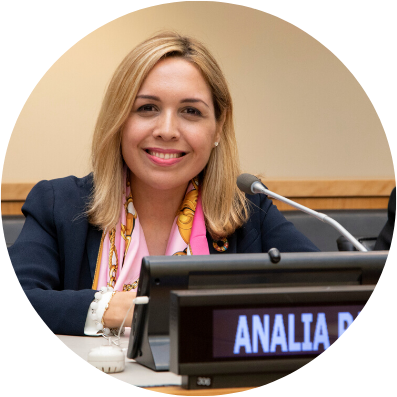
Analia Pastran
Co-Chair WE Conference Founder & CEO Smartly Social Enterprise on the SDGs



 entrepreneurship and investment, flexibility, and resilience. Women have consistently been at the forefront of progress in all of these fields, and they have largely done so without significant investment from traditional business actors. We believe that resources like the WE Conference will help us all take advantage of the unique situation we find ourselves in by prioritizing and centering women’s experiences in the business ecosystem. Women have been working and innovating throughout history, even as the market has traditionally under-valued their labor. They have been forced to adapt creative and sustainable solutions with limited access to capital and no formal recognition within the system. Women overwhelmingly are the managers of their household, a chore far more cumbersome than most business management positions. They have experience in investing frugally to maximize services in the face of economic pressures.
entrepreneurship and investment, flexibility, and resilience. Women have consistently been at the forefront of progress in all of these fields, and they have largely done so without significant investment from traditional business actors. We believe that resources like the WE Conference will help us all take advantage of the unique situation we find ourselves in by prioritizing and centering women’s experiences in the business ecosystem. Women have been working and innovating throughout history, even as the market has traditionally under-valued their labor. They have been forced to adapt creative and sustainable solutions with limited access to capital and no formal recognition within the system. Women overwhelmingly are the managers of their household, a chore far more cumbersome than most business management positions. They have experience in investing frugally to maximize services in the face of economic pressures.

